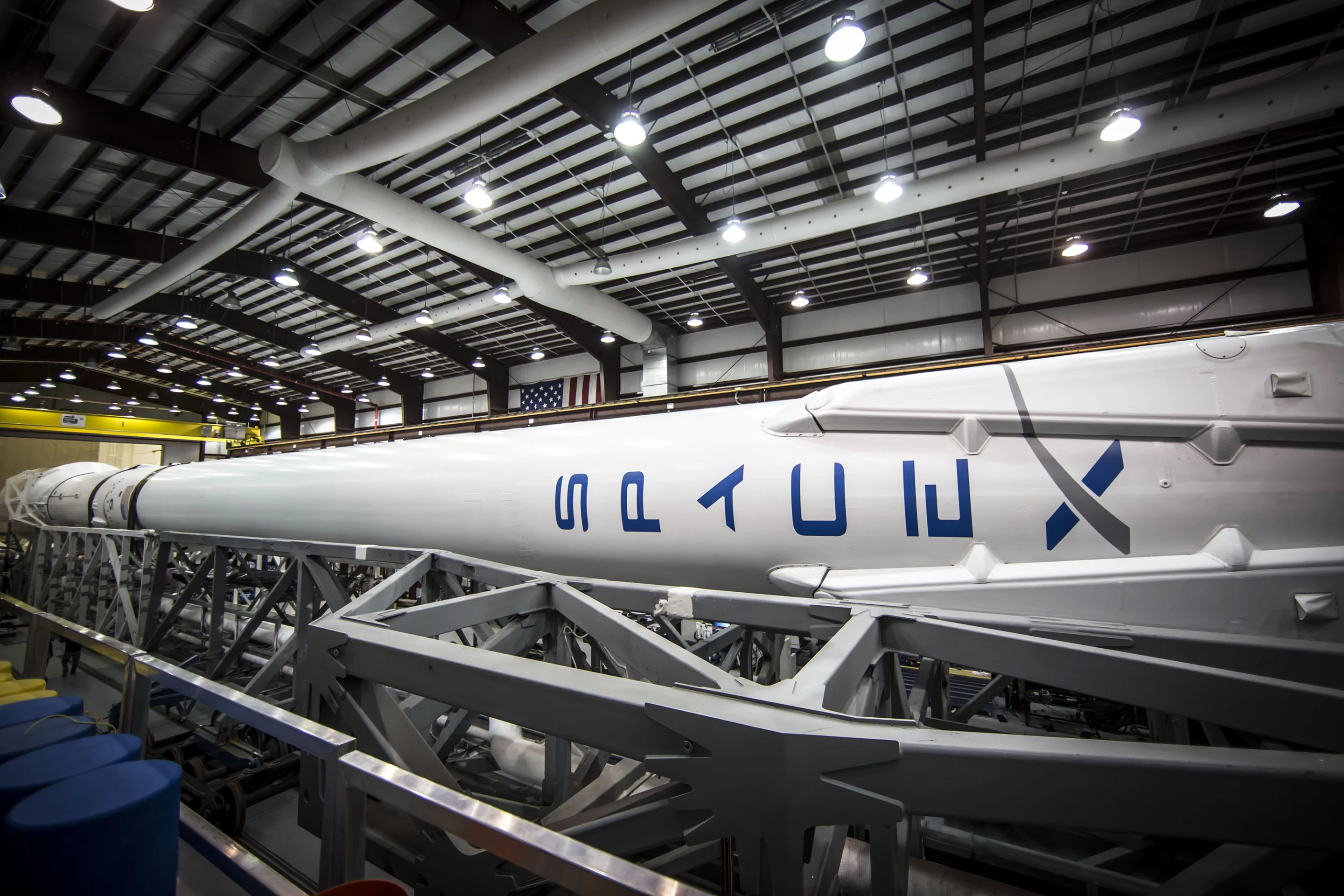During the recent Orbcomm OG2 launch, SpaceX attempted its second powered landing during a commercial mission, but this time you don’t have to take the company’s word for it. As the first stage made a controlled touchdown on the surface of the Atlantic Ocean, a video camera recorded the event. SpaceX has released the video for the public to see – give or take a few ice crystals.
The two-stage Falcon 9 booster launched on July 14 from Space Launch Complex 40 at Cape Canaveral, Florida carrying six Orbcomm OG2 communication satellites in the second mission flight of a Falcon booster equipped with landing legs. After second stage separation, the usual fate of a first stage rocket would have been to crash into the ocean or burn up in the Earth’s atmosphere. However, this latest version of the Falcon 9 booster was equipped with a trio of landing legs.
After separation, the booster fired its engines to slow it down from its hypersonic velocity and return it to its designated landing spot. As it approached the ground, the engines fired again, the legs sprang open, and the booster touched down vertically at near zero velocity on the surface of the ocean. Since the booster wasn't designed to land on water, the test ended with the craft falling over on its side when SpaceX says it lost its hull integrity and broke up.

The video released by SpaceX is also a second attempt to record a powered landing during a commercial launch mission. The first attempt landed in heavy stormy seas and the video returned was almost indecipherable. During the second attempt, the video was much clearer, but during the descent the camera was obscured by ice crystals and water spots. Despite this, it was still possible to see the engines firing and the landing legs deploy.
SpaceX says that on future missions it will send an improved camera system that will minimize icing problems. According to the company, at this point it has built up enough experience to bring the booster down at the launch site or a floating platform. But because the next two missions will be to launch very high velocity payloads into geostationary orbit, there won’t be enough fuel left afterwards for a landing test. The next test will be on Flight 13, which SpaceX says is unlikely to succeed, but the next two flights will try to land on a solid surface, which will improve the chances.
The video below was transmitted from the Falcon 9 during the OG2 mission.
Source: SpaceX
















